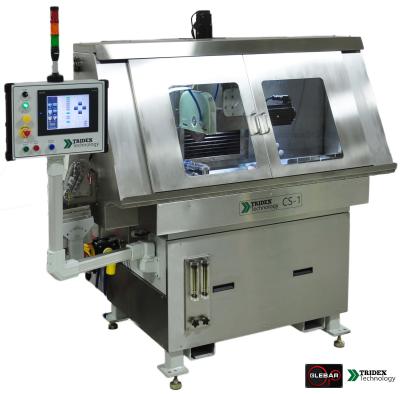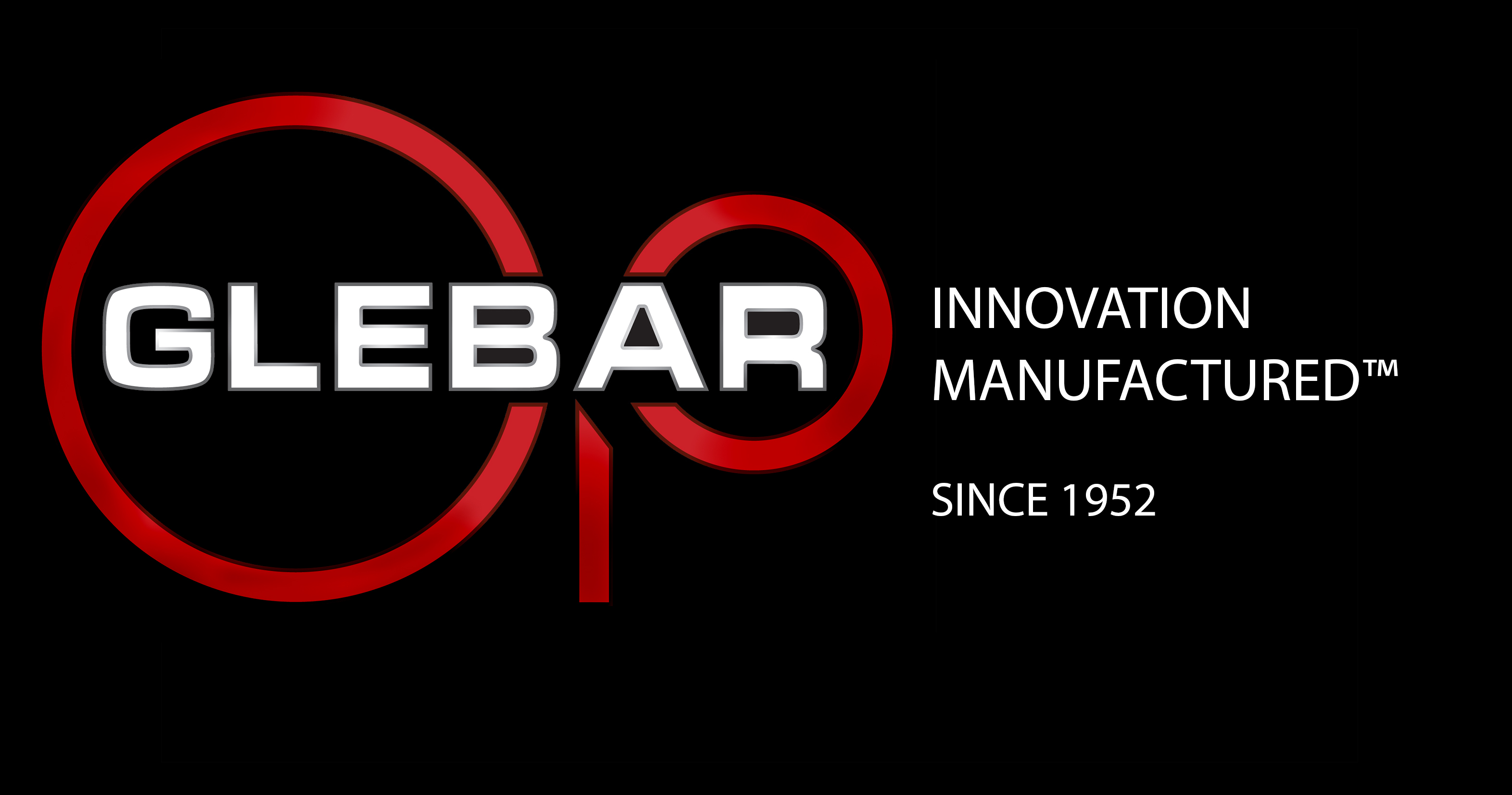
Electrochemical grinding (ECG) solution provider Tridex Technology, a Glebar Company, provides a burr-free cutoff solution for stainless steel tubes with the CS1-E burr-free electrochemical cutoff machine.
Many manufacturers cut tubes one at a time using cold saws or standard abrasive cutting saws, which leave burrs and metal chips. This requires a secondary process of wire brushing and tumbling to deburr the tubes and remove any debris. Older machines have poor accuracy and outdated safety features.
Tridex designed and manufactured a machine that was able to cut multiple tubes simultaneously, burr free and without any damage from debris. The machine also needed to reduce the number of production processes. Lastly, the machine needed to be equipped with enhanced safety measures that wouldn’t deteriorate over time.
Tridex developed the CS1-E Burr-Free electrochemical Cutoff Machine. ECG provides a precise cut, free from burrs, metal chips, stress and mechanical distortions. Using a stainless steel machine design, the CS1-E is resistant to corrosion and debris and provides for simple maintenance. A filter system is used to clean the electrolyte fluid to minimize the post process part cleaning. The CS1-E can be configured as right or left handed, enabling one operator to run multiple machines at once.
To provide a safe work environment, electronic interlocks are used on the front splash guard doors and on the feed system. Safety rated servos and pneumatics are also utilized. The integrated safety features allow the CS1-E to meet CE and ISO 13849 machine safety standards.
“ECG cut-off is an excellent solution for any application that needs to be completely burr-free,” said Glebar’s Vice President of Business Development Tom Travia. “With its long wheel life and fast, precise cuts, the CS1-E has become an essential part of the manufacturing line for medical, aerospace, automotive and energy manufacturers.”
Contact Details
Related Glossary Terms
- abrasive
abrasive
Substance used for grinding, honing, lapping, superfinishing and polishing. Examples include garnet, emery, corundum, silicon carbide, cubic boron nitride and diamond in various grit sizes.
- brushing
brushing
Generic term for a curve whose shape is controlled by a combination of its control points and knots (parameter values). The placement of the control points is controlled by an application-specific combination of order, tangency constraints and curvature requirements. See NURBS, nonuniform rational B-splines.
- burr
burr
Stringy portions of material formed on workpiece edges during machining. Often sharp. Can be removed with hand files, abrasive wheels or belts, wire wheels, abrasive-fiber brushes, waterjet equipment or other methods.
- cutoff
cutoff
Step that prepares a slug, blank or other workpiece for machining or other processing by separating it from the original stock. Performed on lathes, chucking machines, automatic screw machines and other turning machines. Also performed on milling machines, machining centers with slitting saws and sawing machines with cold (circular) saws, hacksaws, bandsaws or abrasive cutoff saws. See saw, sawing machine; turning.
- electrochemical grinding
electrochemical grinding
Variation on electrochemical machining that uses a conductive, rotating abrasive wheel. Chemical solution is forced between the wheel and the workpiece. Shape of the wheel determines the final shape.
- feed
feed
Rate of change of position of the tool as a whole, relative to the workpiece while cutting.
- grinding
grinding
Machining operation in which material is removed from the workpiece by a powered abrasive wheel, stone, belt, paste, sheet, compound, slurry, etc. Takes various forms: surface grinding (creates flat and/or squared surfaces); cylindrical grinding (for external cylindrical and tapered shapes, fillets, undercuts, etc.); centerless grinding; chamfering; thread and form grinding; tool and cutter grinding; offhand grinding; lapping and polishing (grinding with extremely fine grits to create ultrasmooth surfaces); honing; and disc grinding.

